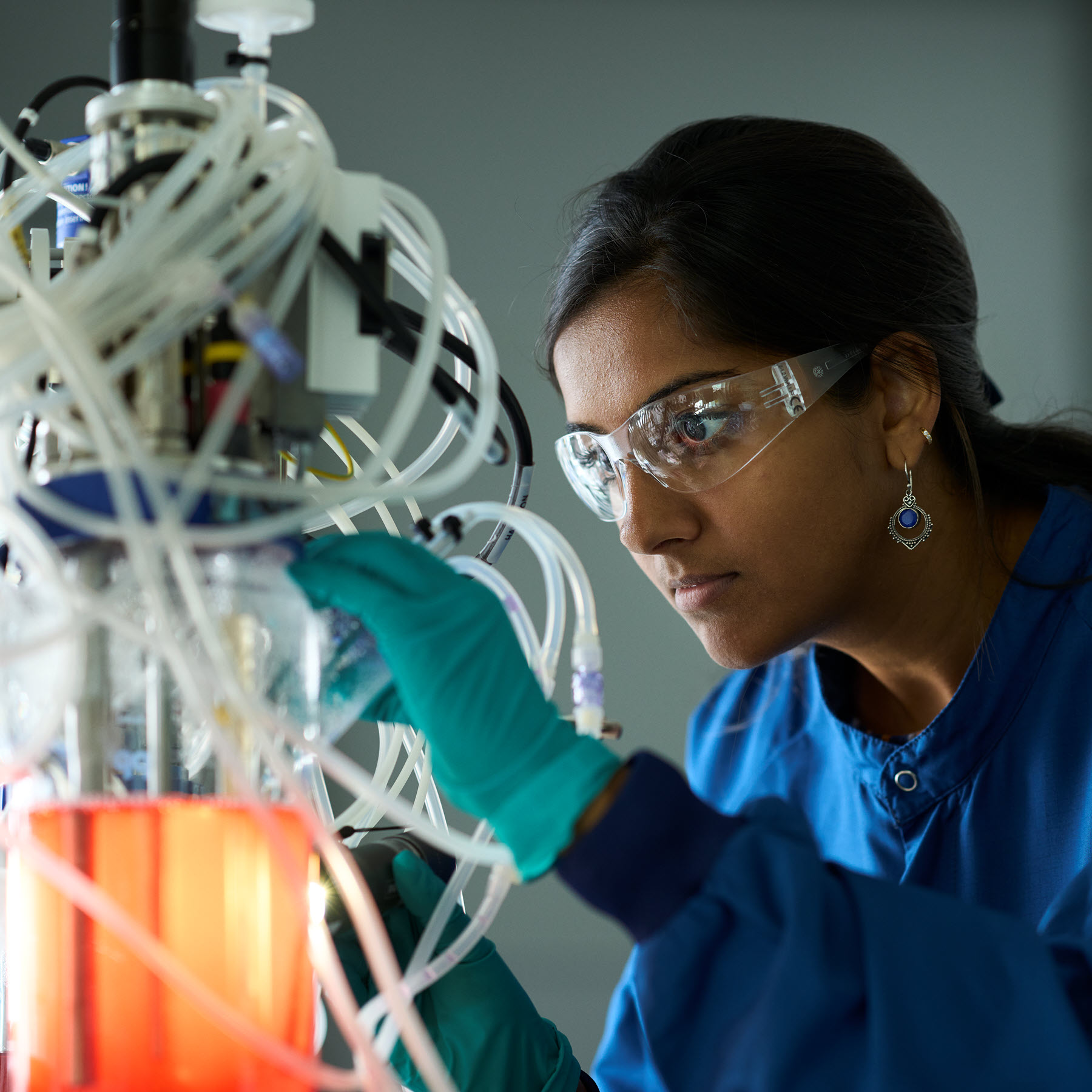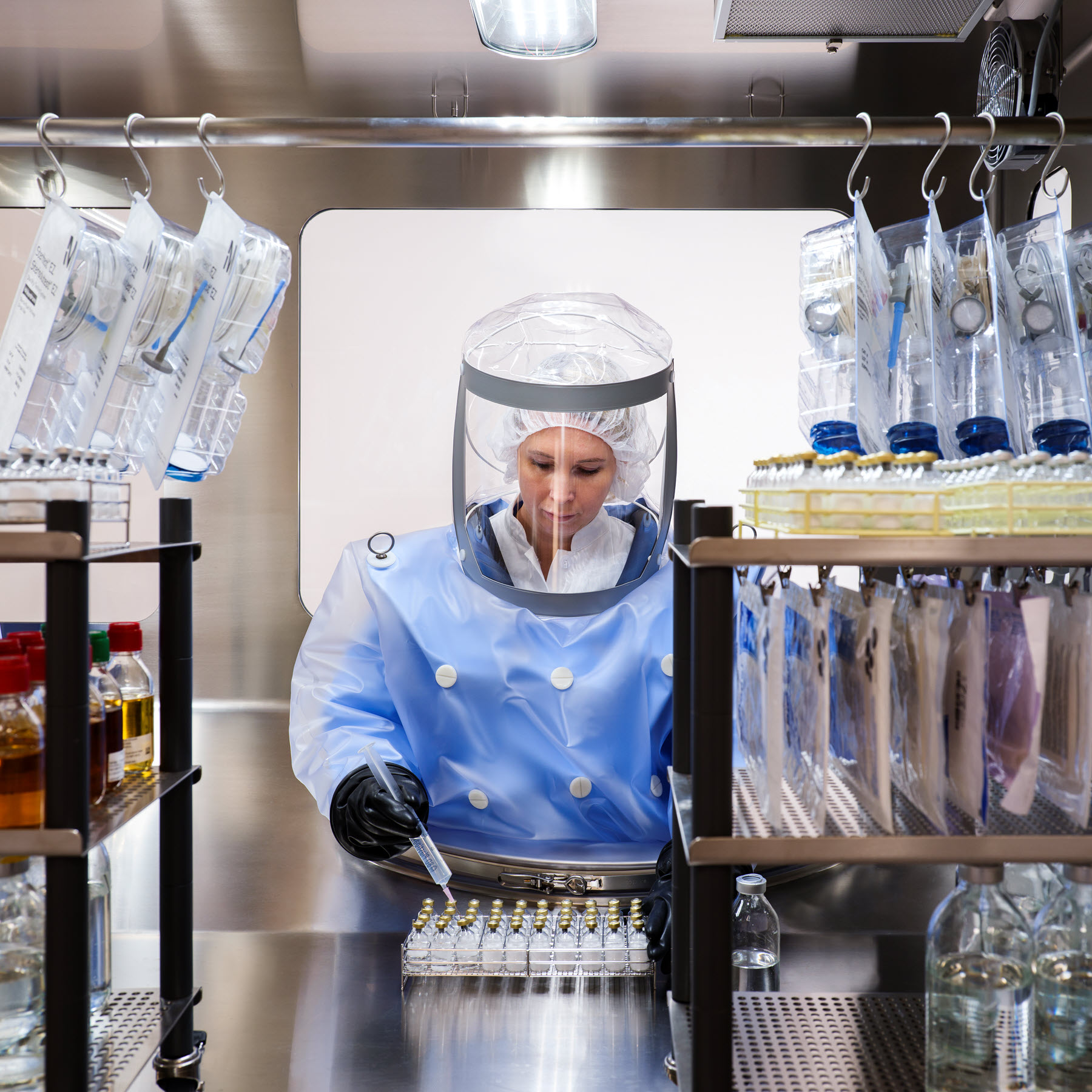Disclaimer statement
Warning!
patient corner
Rare disease
What will you find on this page?
Here you will find everything related to our treatments for haemophilia and growth disorders, information on how to use your medication devices, as well as information about our clinical trials, and our treatment innovations.
Our products

Our medicines
Our haemophilia treatments cater to the diverse needs of people with rare blood diseases, and our growth treatments help promote growth in children, teens and adults with growth hormone deficiencies.

Pens and needles
Our growth hormone treatments are available in prefilled pens, which you use to inject the medication under the skin.

Instructions for use
Our pens and needles are designed to make administering your growth hormone treatment as simple and convenient as possible. For instruction and guidance on how to use your haemophilia treatment, please speak to your healthcare provider.
Reporting
Contact us
Innovation

Our research technologies
Our products are based on peptides and proteins, and we are constantly pushing the boundaries to engineer, formulate, develop and deliver innovative protein-based treatments for people living with serious, chronic diseases.

Cell therapy
We are working with cell therapy to develop treatments for type 1 diabetes that have the potential to halt disease progression — or even reverse it. We are also looking at other diseases, such as Parkinson's disease, and chronic heart failure.

R&D pipeline
Our scientists are currently working on novel and innovative treatments to address the unmet needs of people living with diabetes, obesity, cardiovascular disease, haemophilia, growth disorders and metabolic dysfunction-associated steatohepatitis (MASH).
Changing haemophilia
Developed for people living with rare blood disorders, ‘Changing haemophilia’ is a support site with information about the science behind blood disorders, as well as advice on living with a blood disorder. There is also a dedicated area for parents and carers, as well as information on how to discuss your disease with your healthcare team.

Types of blood disorders
Discover more about the science behind different types of blood disorders, from haemophilia to rare clotting factor deficiencies and women living with haemophilia.

What to expect following diagnosis
If you have found out your child has haemophilia you may be struggling with a range of emotions and potentially a little overwhelmed from all of the information you have received.
More than height
Developed to raise awareness about growth disorders, ‘More than height’ contains patient stories, advice and tools to inform and support parents and carers of children with a growth disorder.

Insights from a parent
As a growth hormone deficiency (GHD) parent, who fought for several years for my daughter’s diagnosis, my heart knows how this medical issue can change your entire family’s life. It is not as simple as it sounds.

Talking to your doctor
If you are worried about your own or your child’s growth you should visit the doctor. Here we can help you plan for the conversation.